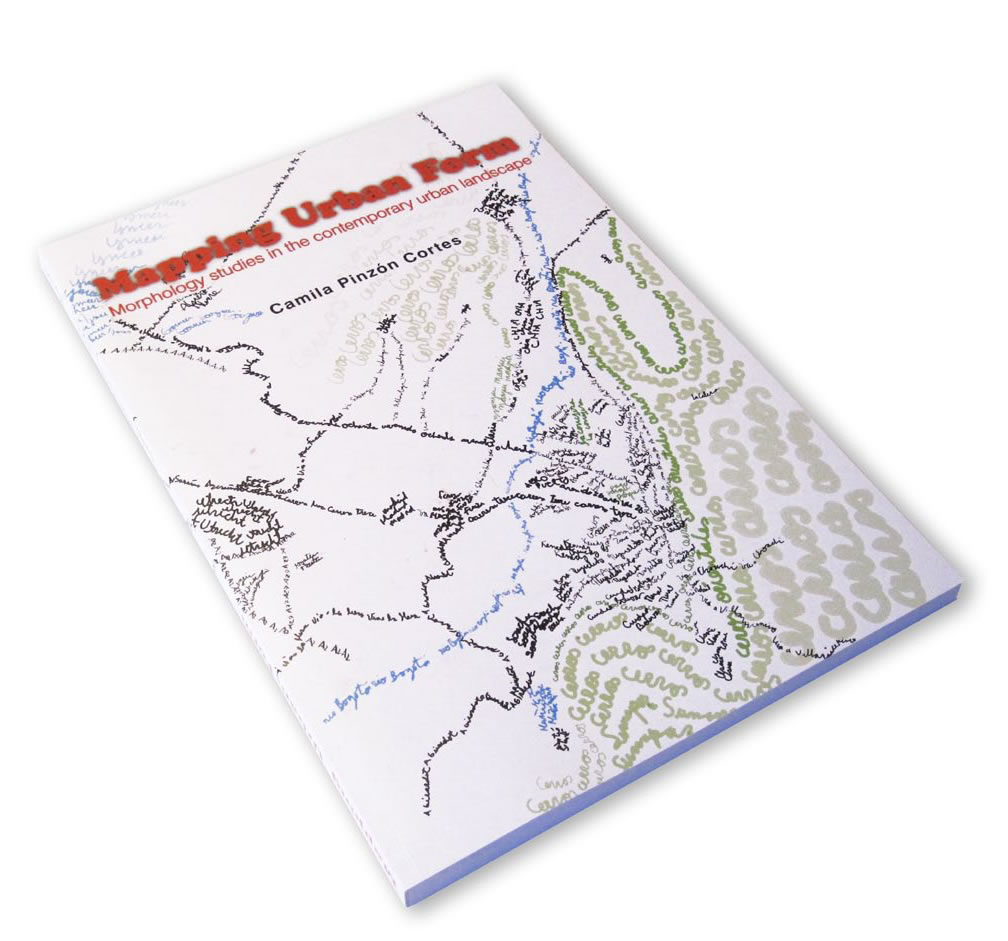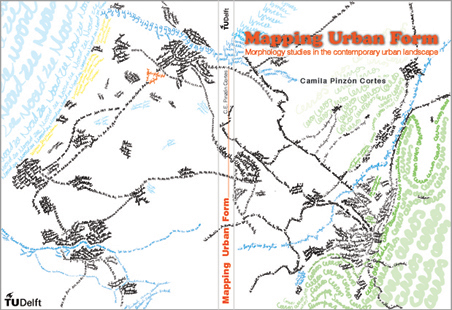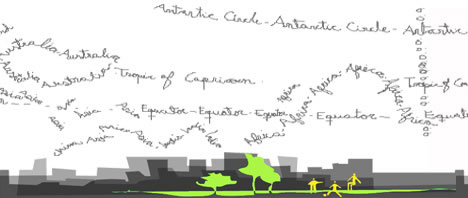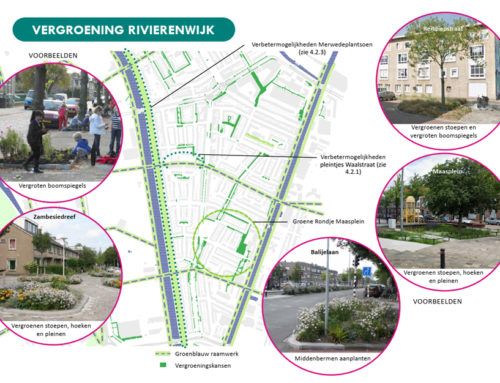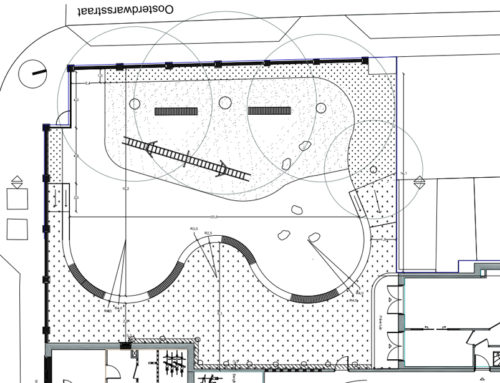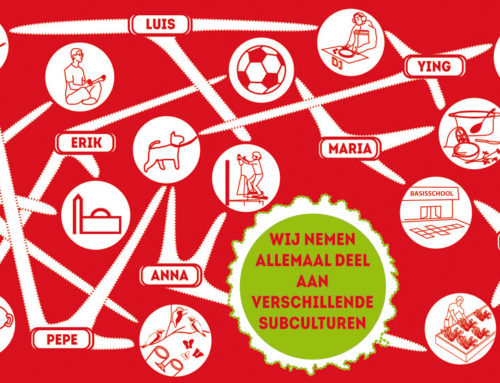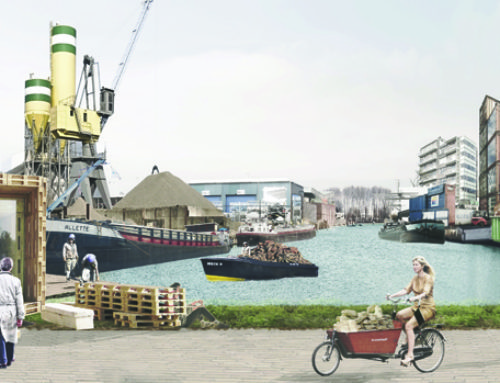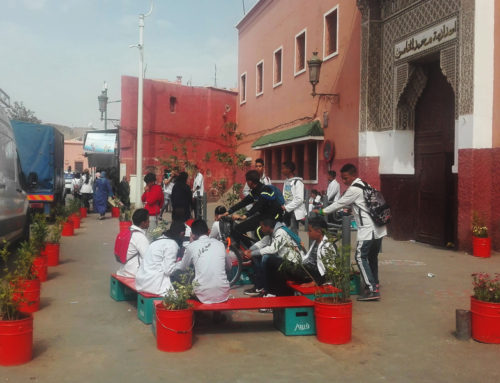Project Description
Ruimtelijk gezien is de stad niet meer een begrensde eenheid. Steden zijn onregelmatig gegroeid en verspreiden zich in verschillende ruimtelijke vormen over het omliggende gebied. Terwijl sommige beweren dat deze eenheid vormloos is, kijkt dit onderzoek juist naar de vorm van deze uitbreidingen. In plaats van deze uitbreidingen te zien als tegengesteld aan de compacte traditionele ontwikkelingen of benadrukken wat ontbreekt aan deze ontwikkelingen in vergelijking tot de traditionele stad, wordt hun eigen ruimtelijke karakteristiek onderzocht. Sommige auteurs pleiten dat de open ruimte meer dan de gebouwde ruimte het bindend element is in de bestaande stad. Anderen verwijzen naar de grote bouwblokken of naar de nieuwe centra die in relatie tot het infrastructuurnetwerk zijn ontstaan. De groei van de stad en haar vorm in een gebied volgen een specifieke logica die ontdekt moet worden. De identificatie van deze logica was het doel van dit onderzoek.
Promotie onderzoek aan de TU Delft aan de afdeling Urbanism.


